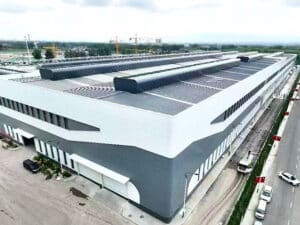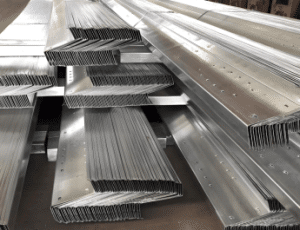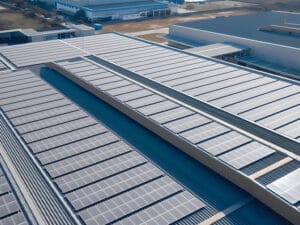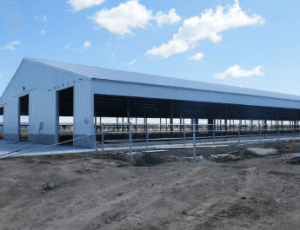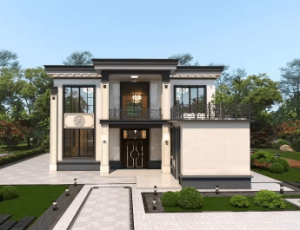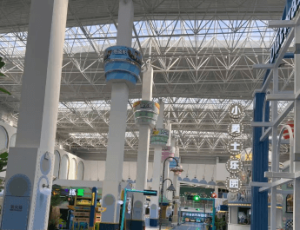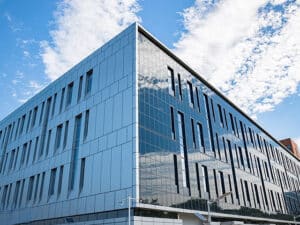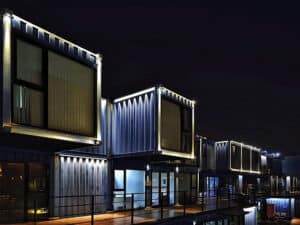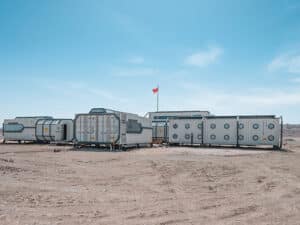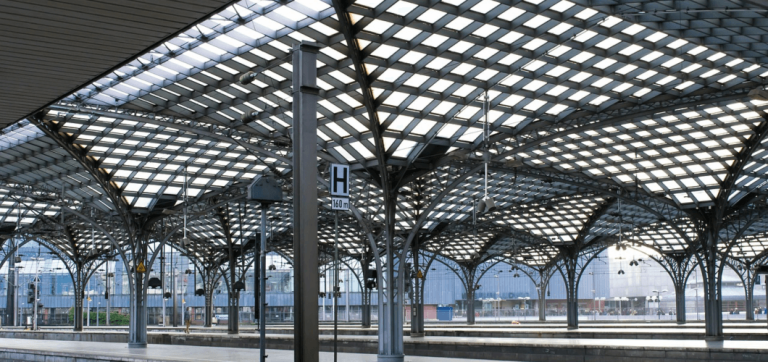Introduce
Steel structure factories occupy an extremely important position in the field of modern industrial buildings, with a wide range of applications and numerous advantages.
In terms of application, steel structure factories are widely used in the manufacturing industry. For example, in automobile manufacturing plants, large spaces are needed to accommodate production lines, assembly equipment, as well as storage for raw materials and finished products. Due to their large span and high space features, steel structure factories can easily meet these requirements. Additionally, in heavy industries such as machinery and shipbuilding, steel structures can bear the weight of heavy equipment, providing a stable space for production operations.In the warehousing and logistics industry, steel structure factories are indispensable. Large logistics centers and warehouses require vast, column-free spaces to store goods, facilitating easy stacking, classification, and transportation. The large-span design of steel structure factories can achieve this, and the internal layout can be flexibly divided according to the type of goods and storage requirements.
In the agricultural sector, steel structure factories also have practical applications. For instance, in the construction of modern agricultural greenhouses, steel structures provide good lighting and ventilation conditions, while their sturdiness helps resist certain natural disasters, protecting crops.
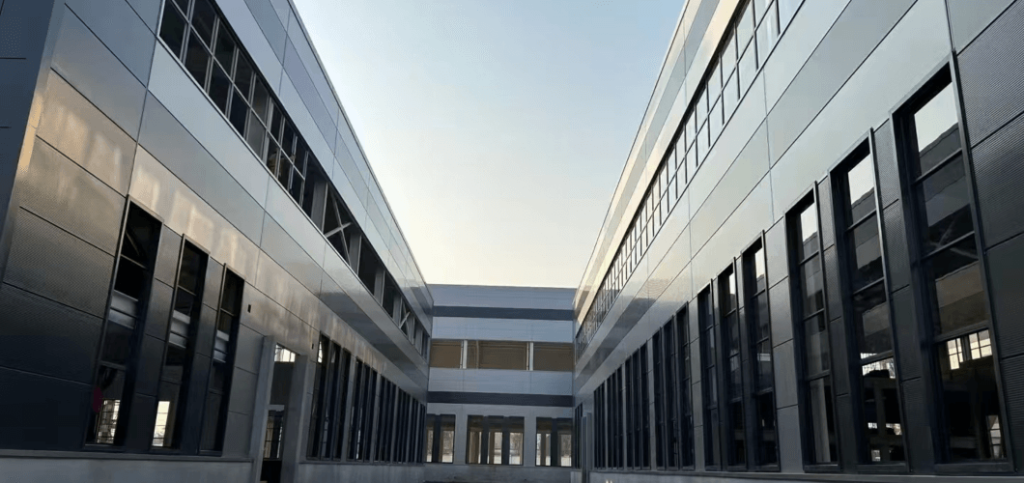
The advantages of steel structure factories are also highly evident. First, they offer high strength and low weight. The strength of steel far exceeds that of traditional building materials like bricks or wood. This allows steel structure factories to bear large loads, including crane loads, equipment weight, as well as wind and snow loads. At the same time, steel structures are relatively light, which reduces foundation requirements, lowers foundation construction costs, and makes transportation and installation more convenient.
Second, steel structure factories have fast construction speeds. Most of the components are prefabricated in factories, where they undergo standardized production. This ensures quality while improving production efficiency. Once the prefabricated components are transported to the construction site, they can be assembled like building blocks, significantly shortening the construction period. This allows businesses to start production faster, reducing time costs.
Moreover, steel structure factories offer high space utilization. The interior space is open, without excessive beams or columns dividing the area. This allows the layout of the factory to be flexibly designed according to the production process and equipment requirements. Furthermore, the large span of the structure is highly advantageous for production processes that require continuous space.
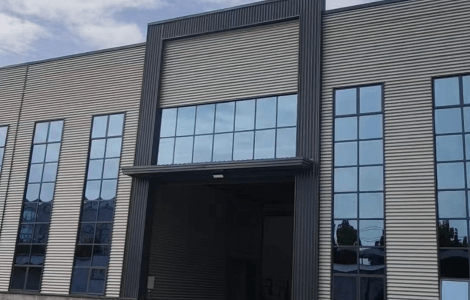

Additionally, steel structure factories have good seismic performance. Steel possesses excellent ductility, so in the event of natural disasters such as earthquakes, the steel structure can absorb and dissipate seismic energy through its own deformation, reducing the extent of structural damage and protecting personnel and equipment inside the factory.
Lastly, steel material has environmental advantages. Steel is a recyclable material, and after the factory is demolished or renovated, the steel can be recycled and processed again, reducing construction waste and aligning with the concept of sustainable development.
With its wide applications and numerous advantages, steel structure factories have become the preferred solution for modern industrial buildings.

